Mold classification and working conditions
Molds are tools that force metal or non-metal forming. On the one hand, the mold is subjected to friction by metal or non-metal, and on the other hand, the extruded material reverses the mold to a relatively large compressive stress. Therefore, the mold should have high strength and hardness, and at the same time should have a certain degree of toughness. There are many varieties of molds, and the classification methods are not the same. According to different conditions of use, the molds are mainly divided into three types: hot work molds, cold work molds and plastic molds.
(1) Hot work die
The hot work die is a tool for deforming the metal at a certain temperature. In addition to being subjected to a large compressive stress, the hot work die is also subjected to the friction of the hot metal to the mold cavity. Hot work molds can be divided into hammer forging die, machine forging die, hot extrusion die and die-casting die. The working conditions of these four types of molds are quite different, so the performance requirements are also different. For example, the hammer forging die has high requirements on toughness, and the die-casting die mainly has high requirements for strength and wear resistance at high temperature and good cold-heat fatigue performance, and the hot extrusion die mainly requires the material to have good at high temperature. Strength and wear resistance.
(2) Cold work die
A cold work die generally refers to a mold that is processed at room temperature. During the processing, the temperature of the mold is increased due to the friction between the material and the surface of the mold. According to the working condition of the cold working die, it can be divided into four categories: punching die, drawing die, cold die and cold extrusion die. In the cold stamping process, the deformation resistance of the punched material is relatively large, and the working part of the mold, especially the cutting edge, is strongly rubbed and pressed, so the mold should have high hardness, strength and wear resistance. In addition, the die is subjected to the impact force during the working process, and also has certain requirements on the toughness of the die, especially when stamping thick steel plates or thick steel plates with small punching holes, the mold is required to have good toughness. For the tensile die, the working part is required to have high wear resistance, good adhesion resistance and certain toughness, wherein the wear resistance is a key property determining the life of the mold. Adhesion is a common problem in the stretching process. It is a phenomenon in which the metal is bonded to the cavity of the mold during the force flow molding process. Continued stretching will deteriorate the surface finish of the part. If it is serious, it will not continue to work.
In the cold heading and cold extrusion process, the deformed material and the mold are contradictory sides. In order to deform the extruded material, the mold is applied to the material to be deformed with a large pressure, and the deformed material acts with the same large reaction force. On the mold, resist deformation. Therefore, on the one hand, the cold and cold extrusion die should have sufficient strength and toughness to ensure that the die is not upset or broken during the working process; on the other hand, the working surface and cavity of the die must have sufficient hardness. And the hardened layer deforms the workpiece. Generally, the hardness of the cold die requires about HRC 58-60, and the cold extrusion die is about HRC 61-63.
(3) Plastic mould
According to different plastic varieties, plastic molds can be divided into: thermosetting plastic molds and thermoplastic molds. The former includes: press molds and injection molds, and the latter includes blow molds in addition to press molds and injection molds.
The working conditions of the plastic mold are as follows: the thermosetting plastic mold is subjected to heat (200-250 ° C), which is subject to high stress, easy to wear and easy to be eroded, and has a large heat load and serious wear due to a large amount of solid filler. Thermoplastic molds are heated, stressed, and worn, and some contain corrosive gases. They generally do not contain fillers and are softened into the mold.
The performance requirements for plastic molds are:
1) have sufficient strength and toughness and still need to maintain sufficient mechanical properties at the working temperature;
2) The surface is wear-resistant and the surface hardness is about HRC48-53, and the hardness of the thermoplastic mold can be lower;
3) It is guaranteed to have interchangeability of precision, and the cavity size accuracy is generally 3-5 grades;
4) The cavity is smooth and the molding surface is required to be polished.
references
[1] "Alloy Steel" writing group. alloy steel. Mechanical Industry Press, 1976
[2] Economic and Technical Consulting Department of China Die & Mould Industry Association. Mold materials and heat treatment, 1995
[3] Department of Metallurgy, Tianjin University. Mold heat treatment. Tianjin People's Publishing House, 1974
Products Description
LED Grow Light is the newest trend for indoor growers. Advanced LED Grow Lights use less energy,and create less heat,not only provides intense, effective lighting for indoor gardening but also make the garden cool. Hydroponics,which is a method in high-tech horticulture where plants grow in soil-free nutrient baths,led hydroponic lamp is a perfect example of how science and technology can work together to develop solutions to human problems.
Advantages for led grow light
1. Bring You High Yield
The traditional grow lights, such as HID and HPS can just bring you 0.5 -0.8 gram per watt, no more than 1 gram. But the led grow light can bring you 1-2.5 gram per watt. It's amazing! LEDs in greenhouses deliver same yield as grow lights, using just 25% of the energy. So as for the energy conservation and environmental protection light source, the planters will consider the led grow light as their first choice.
2. Less Heat
While most grow lights are very warm, as HID, so you would need use the fan to solve this problem in summer. LED grow lights are generally moderate in temperature, and they will not harm a person if he touches them. As such, it is much safer and convenient for owners and their crops, they can be placed very close to the plants to deliver high intensity lights to the surface of the leaves.
3. Low Cost On Everything
Less electricity, save about 60% than HID.
Low amounts of heat, means less money spent on the room's costs of cooling.
Long life-span, no need to replace the bulbs.
No ballast.
No reflector.
Full Spectrum LED plant Grow Light and High Value View
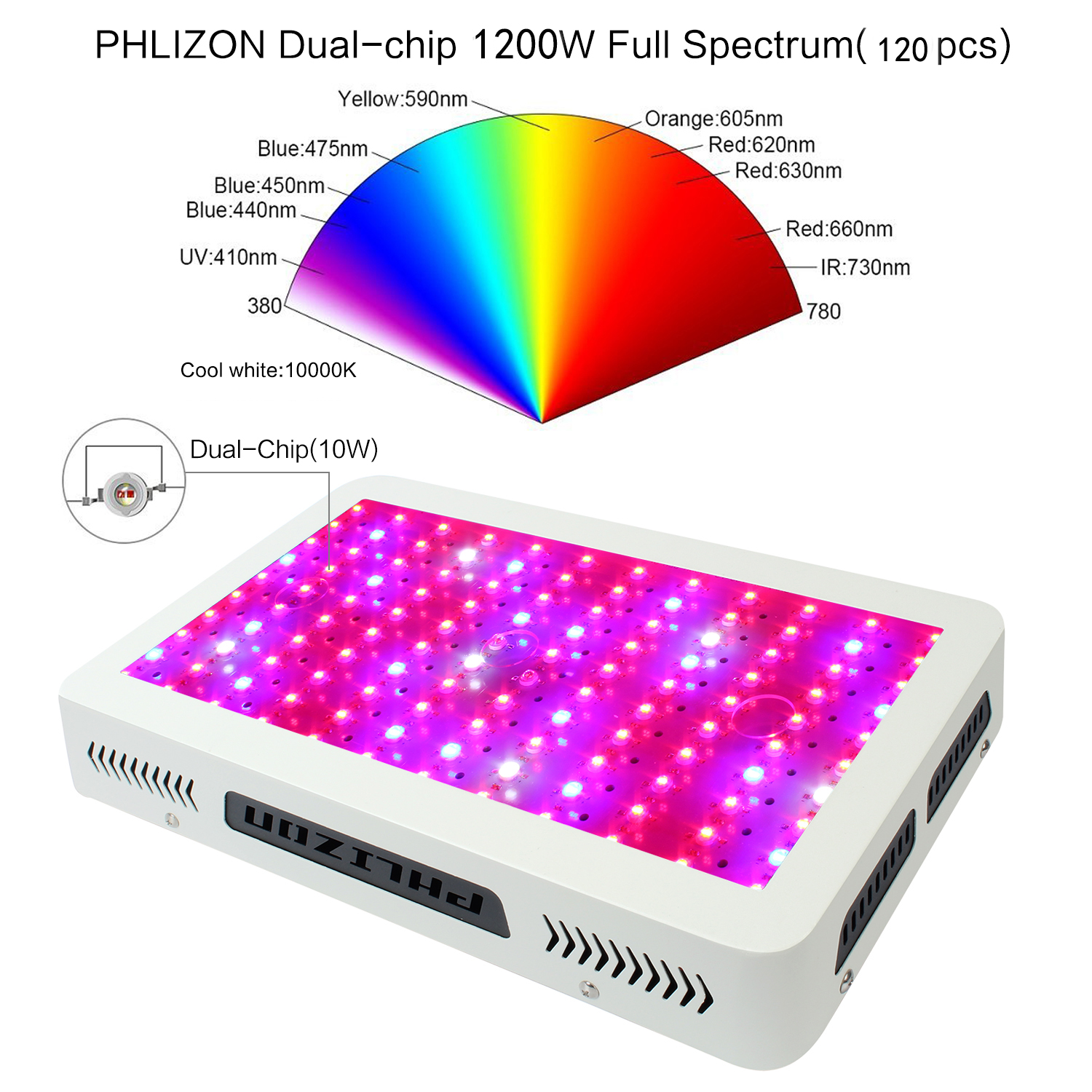
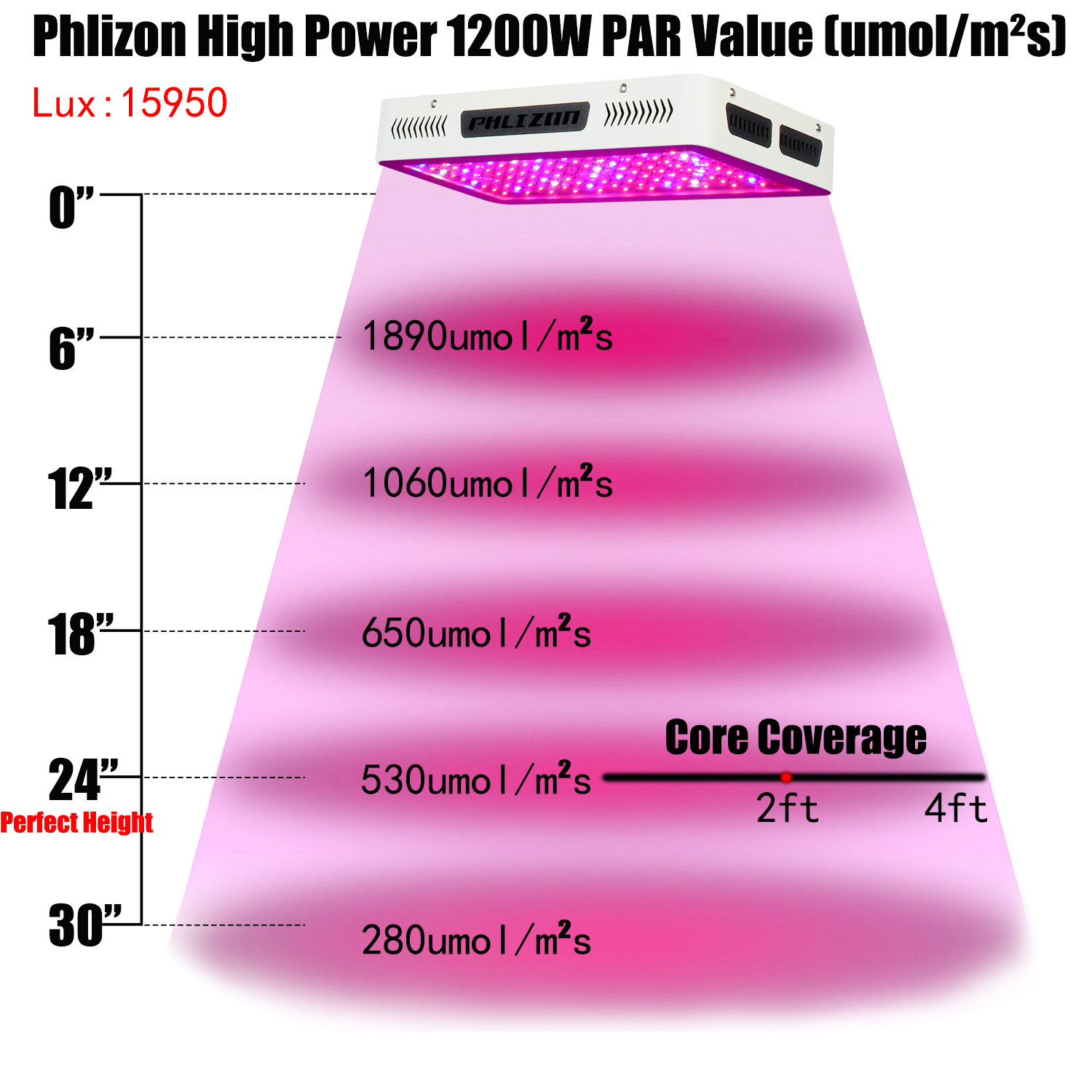
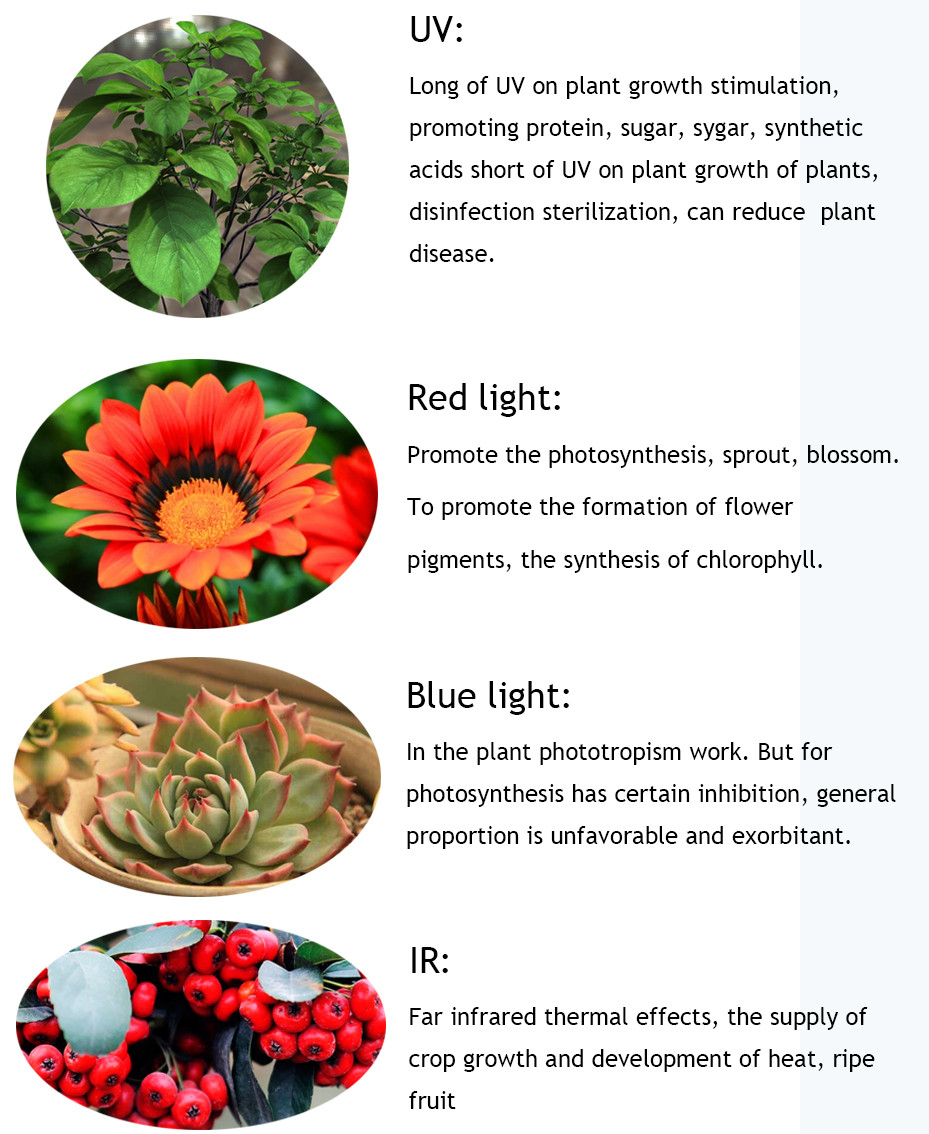
Item Display
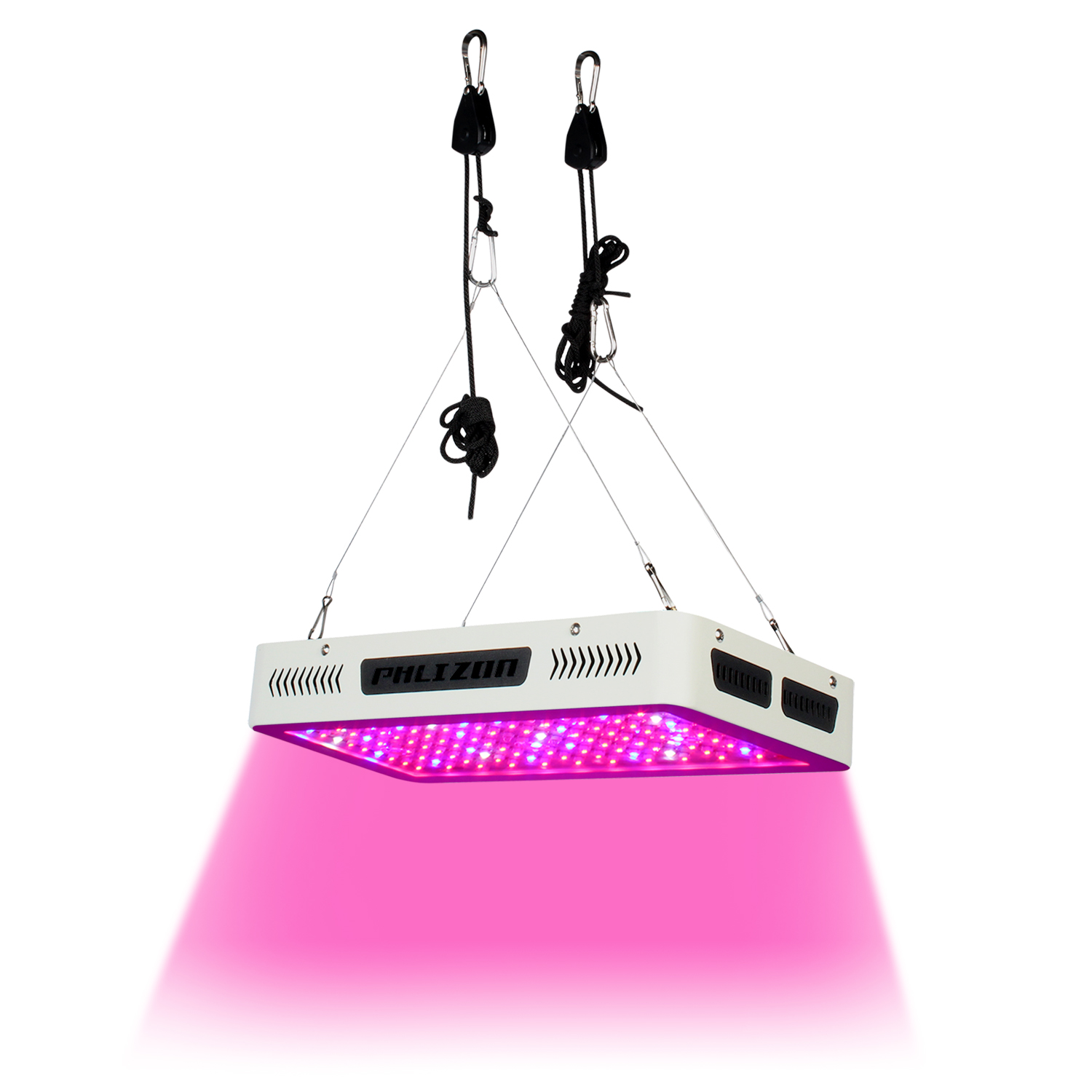
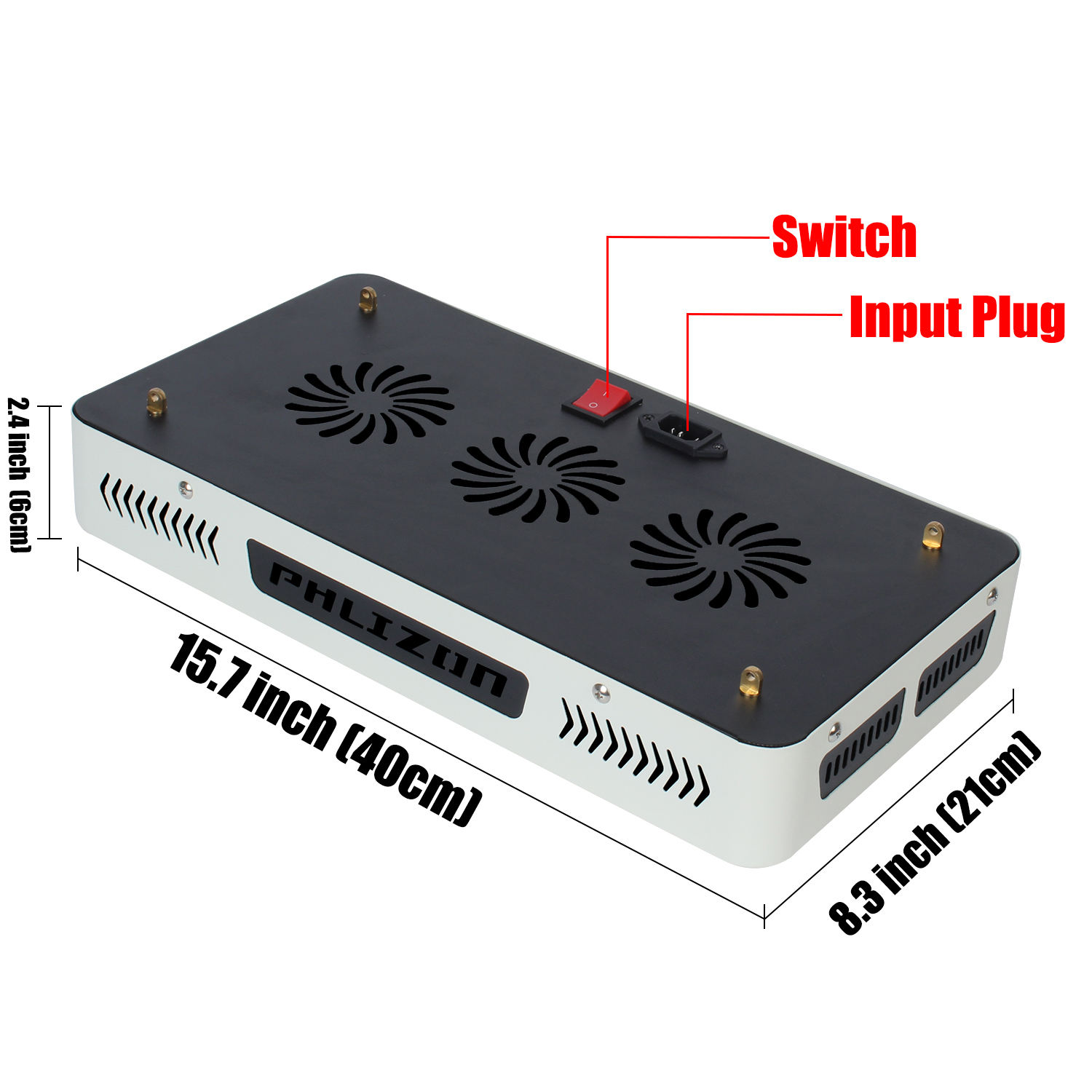
Advantages
Plug with listed certificate safe to use.
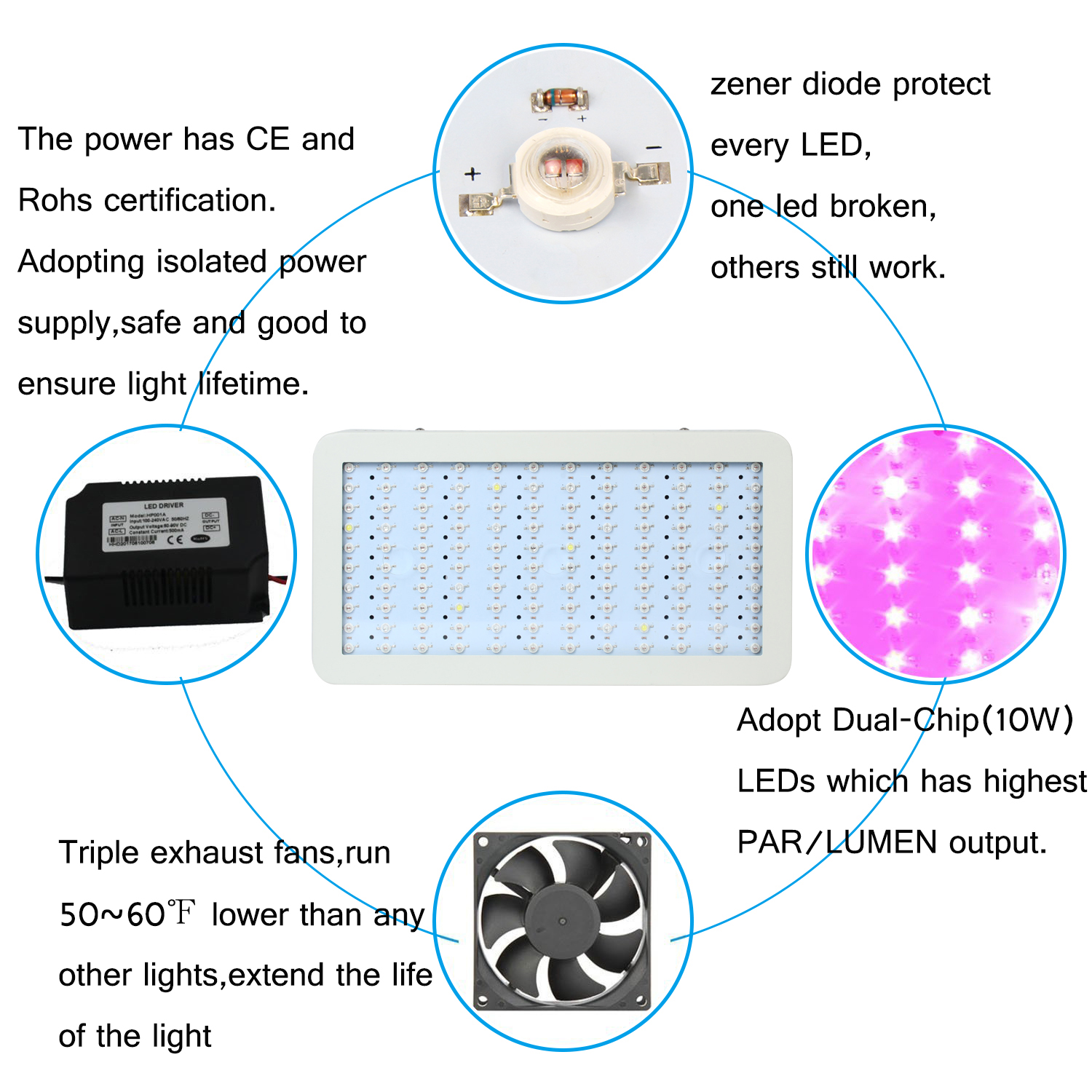
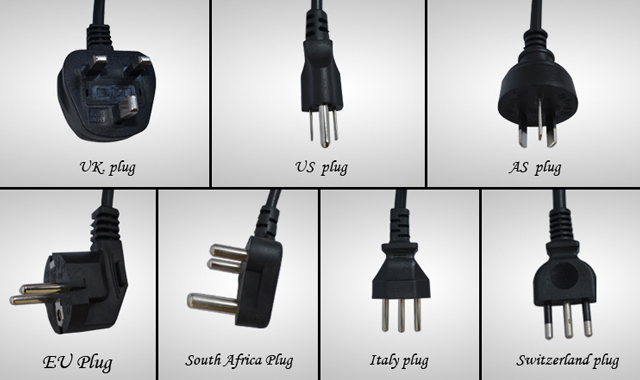
Application
Fruit and Vegetables Growing
Flowers Growing
Special Crops Growing
Leaf and Seeding Growing
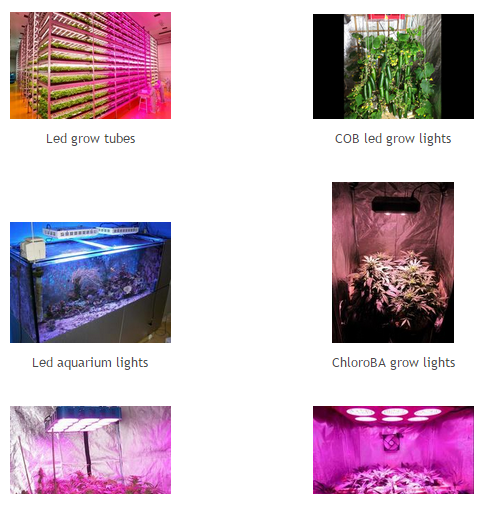
Our Quality Control systems and after-sales
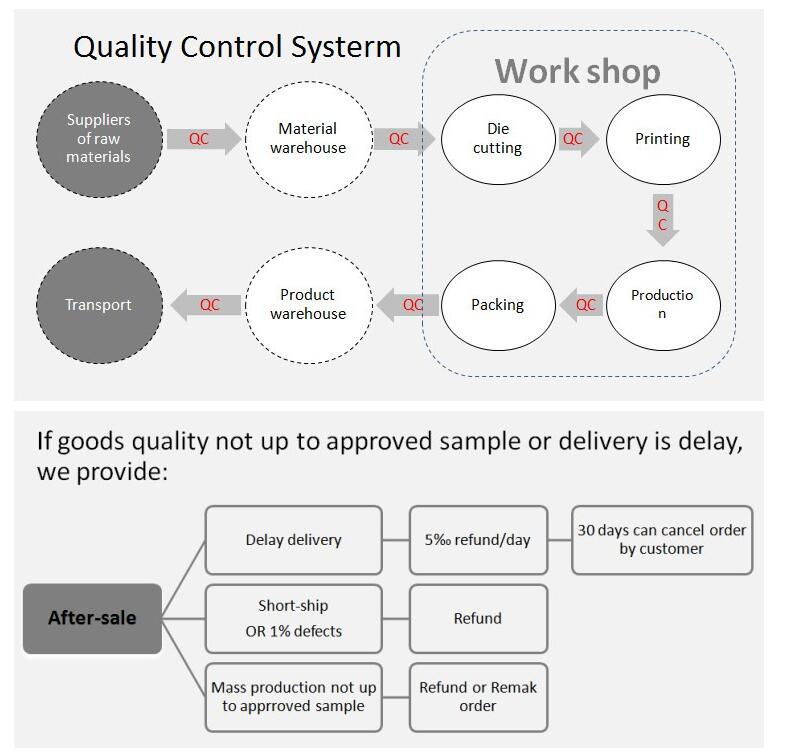
Package

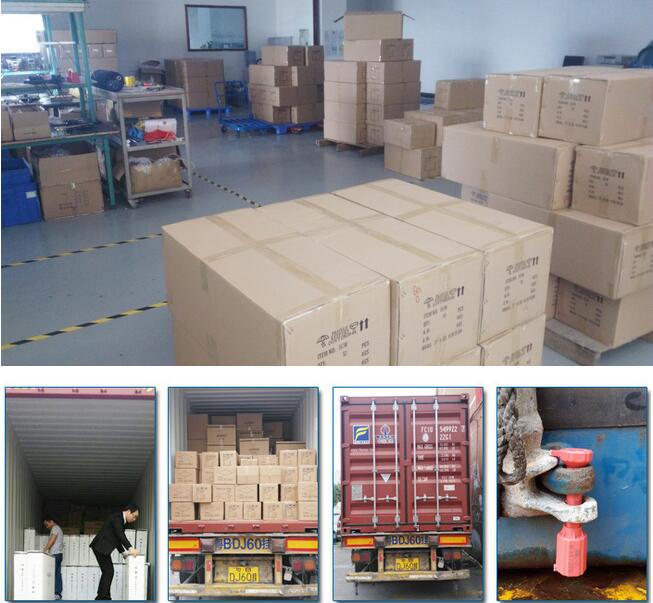
Why Choose us?
Cooperative Policy:
Providing production schedule photos to ensure you know every process.
Profrssional follow-up team, one-to-one service in time.
Shipment sample for checking before shipment.
Priority to get the our lastest product information after cooperation
Good after-sale service offered, please send us feedback if you have any questions
Low Risk Promise:
Sample 3pcs: Lead time 3 working days.
500pcs order: lead time 5~8working days
10000pcs order: Lead time 20~28working days
Warmly welcome to take a visit on our factory at any time and we can pick you up.
Vegetable Garden Led Grow Lights,Vegetable Garden Plant Grow Lights,High-Power Led Plant Light,High Power Led Grow Light
Shenzhen Phlizon Technology Co.,Ltd. , https://www.szledaquariumgrowlight.com
![<?echo $_SERVER['SERVER_NAME'];?>](/template/twentyseventeen/skin/images/header.jpg)